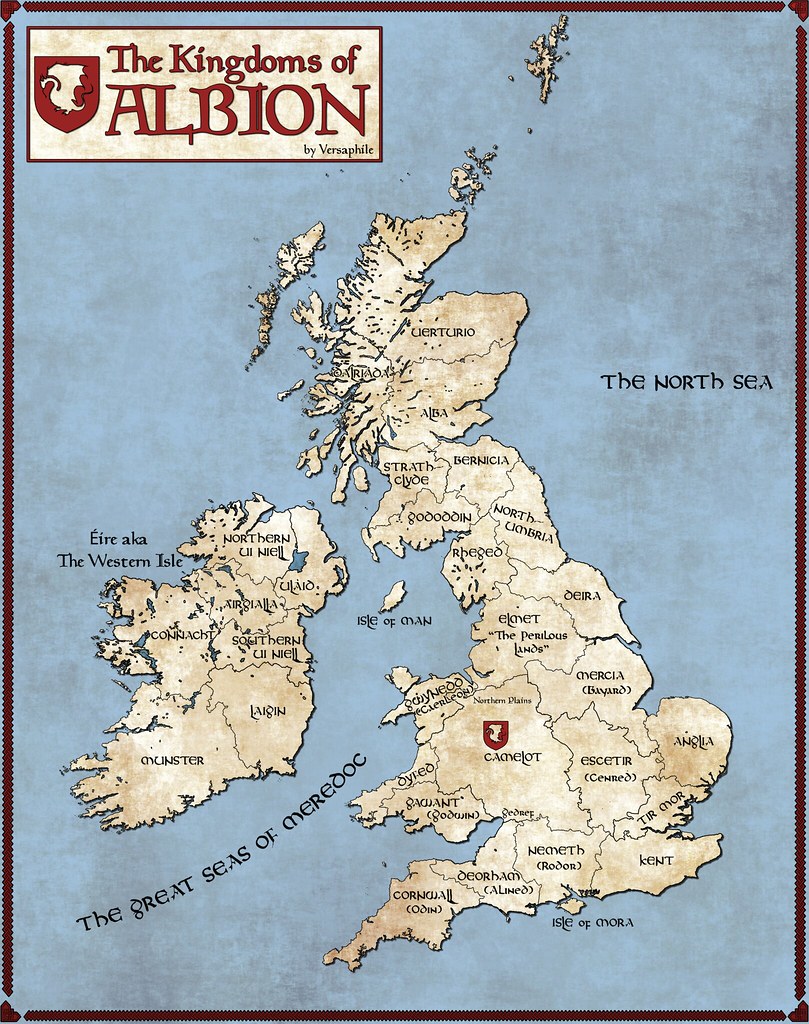Simply look for the witch to know which is which!
boydster
Nice "What Would Nixon Do" sticker he's got on his laptop, there...
You've gotten some great answers already, with the most direct answer to the question you are probably interested in being this one from TropicalDingDong about the Southern Strategy. And then people also commented on the further context in US history of religious fundamentalists from Europe coming to the US, establishing settlements, and "spreading the good word," so to speak.
But all of that kind of begs the question - how long has politics been mixed up with religion? And from what I've read, that seems to date back nearly as far as people can trace human civilization. Namely, all the way back to ancient Mesopotamia. It seems people, from very early on, were quick to identify that politics and religion are very effective tools in exercising control over a population.
https://www.historyonthenet.com/mesopotamian-governments
By the time farming villages had grown into the great Mesopotamian cities, both priests and secular leaders were involved in Mesopotamian governments and in governing the increasingly complex society of a city. The secular leader was called the lugal, the strongman. With specialization of labor—people finding lots of different jobs and tasks to do other than farming work—it made sense to have priests fully involved in keeping the gods happy while the lugal oversaw running the city. This was a crucial step in the forming of Mesopotamian governments.
Gradually the lugal became a powerful king who dominated governance of the Mesopotamian city-state. While most of his duties as king were secular, the king had religious responsibilities as well. He, as well as the high priest, was an intermediary between the gods and the people. Kings participated in religious rituals. Common Mesopotamians considered the king as the representative of the city’s patron god, the god’s overseer on earth, so to speak.
It's also covered some on the Ancient World podcast, skip ahead to about 7:30 for the part relevant to this post. https://ancientworldpodcast.com/2012/04/episode-1-climb-stone-staircase/


Let him wait as long as he wants to wait. In detention though.